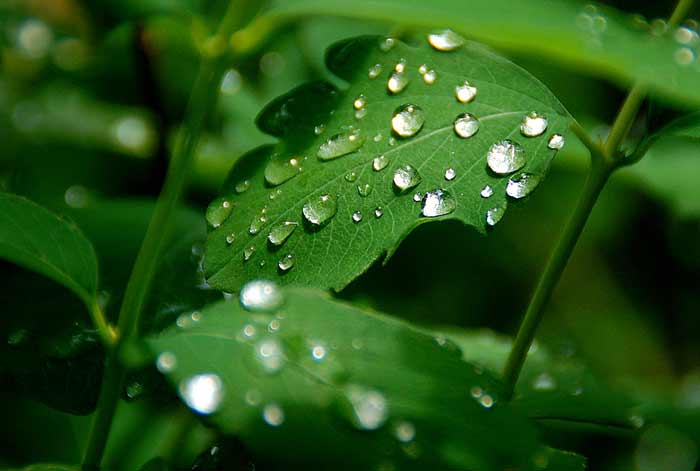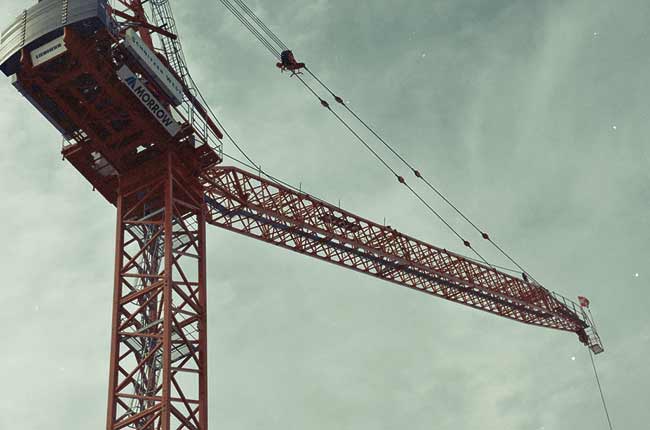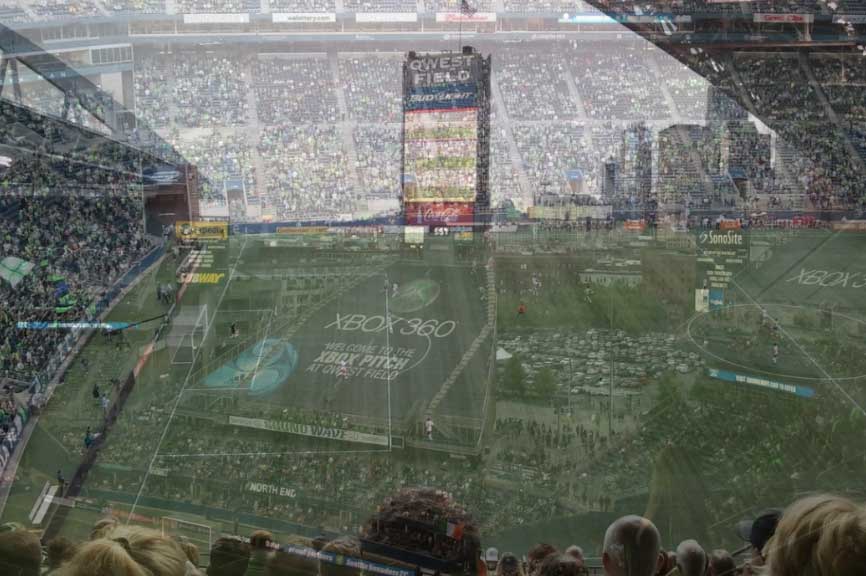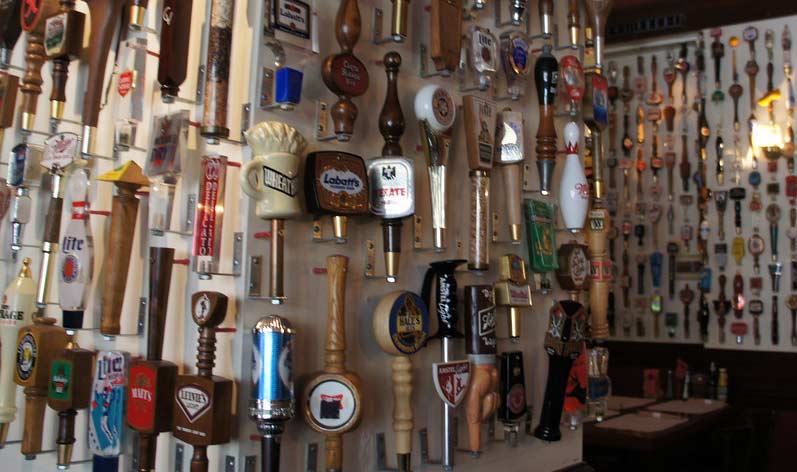Washington Tourism Alliance Announces New Rural Tourism Support Program

Tri-County Economic Development District Picked for Pilot Program
SEATTLE (November 11, 2021) – The Washington Tourism Alliance (WTA) is launching a new Rural Tourism Support (RTS) Program, and has selected Tri-County Economic Development District (TEDD) in Northeastern Washington as its inaugural destination partner through a competitive process and review by a panel of industry experts.
The RTS program will serve as a seminal phase of development for communities across the state as well as a key strategic element In the WTA’s broader destination development programming. The program and WTA’s ongoing commitment to rural and tourism-dependent communities operates in tandem with broader marketing programs and a focus on statewide natural wonders and outdoor recreation, attraction of international visitors, identification of local visitor offerings, and assistance for tourism areas adversely impacted by natural disasters.
The RTS program will be facilitated by sustainable tourism expert Kristin Dahl, founder of Crosscurrent Collective, and it will use a community-based progressive approach to achieve short-term and long-term goals. A committee of local stakeholders will determine key action items, including a ten-year vision for the evolution of the destination and a better understanding of regional, national, and global travel trends. In some communities, growth may be one of the objectives but, in many cases, development may incorporate management of visitor flow to communities that need them most while mitigating impact on others. In all cases, the program is designed to improve the experience for residents and visitors alike.
“It is so exciting to think of the possibilities that a project with the scope of the Rural Tourism Support Program can bring to Northeast Washington,” said Shelly Stevens, Director of Regional Marketing for TEDD. “Especially considering that the way people travel and what they want to experience have changed in the wake of the pandemic. The timing couldn’t be better to collaboratively develop a thoughtful, regionwide tourism plan to help guide us into the future,”
The mission of TEDD is to promote economic resiliency, job creation and business retention through maintaining and developing business, tourism, community, and area development, while preserving the culture and environment of Ferry, Stevens, and Pend Oreille Counties. The WTA’s partnership with TEDD will result in a tourism road map that will significantly and positively impact the region.
The Tri-County region is the first in what will be ongoing annual partnerships with Washington’s rural, tourism-dependent counties.
“We’re excited to inaugurate our Rural Tourism Support Program and to work closely within these communities In Northeast Washington,” said David Blandford, WTA Executive Director. “Our enabling legislation identified the importance of this role and the rigor of the pandemic underscores the critical need for tourism recovery.”
Managed and funded by the WTA, the RTS Program will focus on long-term destination development for both residents and visitors, along with sustainable tourism and regenerative travel. The application process for the next RTS partner destination will begin in spring 2022, followed by a fall launch.
About Washington Tourism Alliance
The Washington Tourism Alliance (WTA) is a 501(c)(6) organization established by industry stakeholders, with the sole mission of developing and sustaining Washington State destination tourism marketing. The WTA procures and administers funds for marketing efforts and creates and implements a strategic statewide marketing plan. For more information, visit www.watourismalliance.com.
Contact: Sienna Spencer-Markles / siennasm@greenrubino.com









